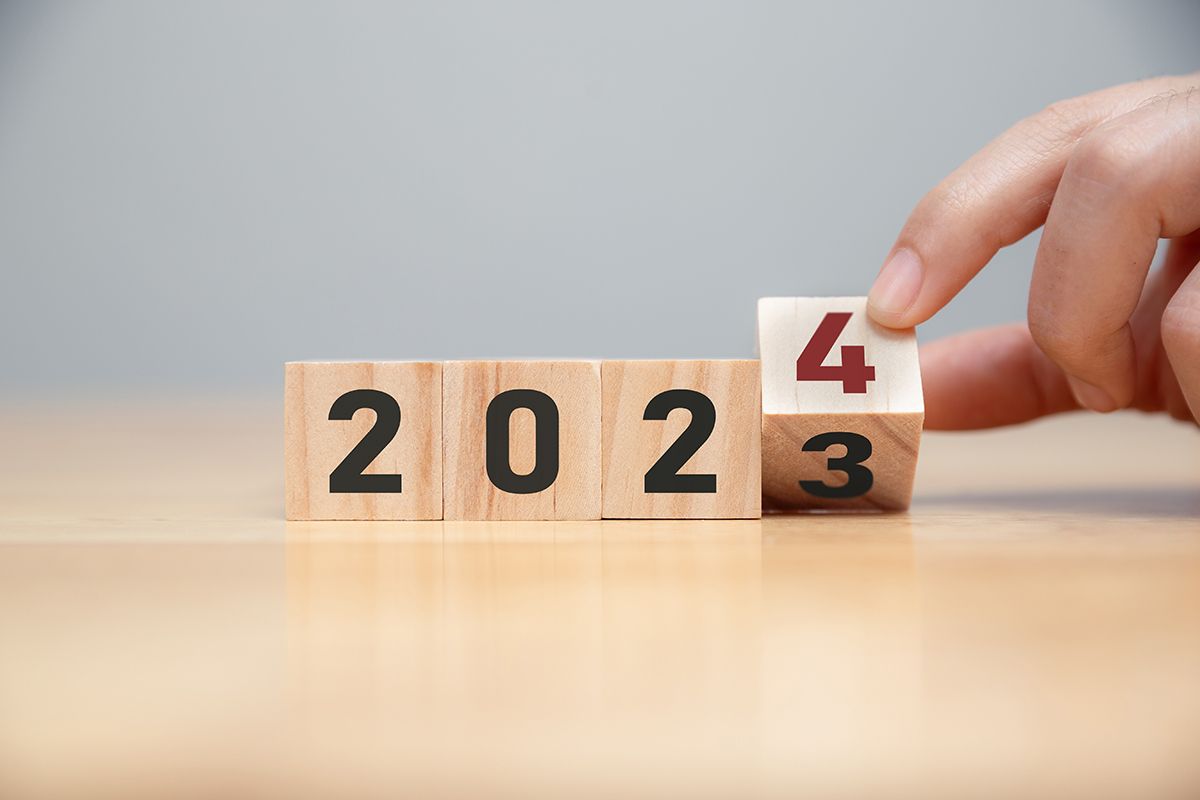eCommerce and Brick & Mortar: Two Worlds Colliding (Part 2 of 2)
In part 1 of this two-part series, we tackled some of the technology enabling omnichannel retail, and the importance of actually implementing it. If you haven’t read part 1, we highly advise you return to the beginning to receive a bigger picture of this topic.
The collision of online and offline retail is no small phenomena and you wouldn’t want to miss a thing.
In this article, part 2 will discuss the effects of the pandemic, streamlining your inventory, and digitally driving foot traffic.
If you’re left with any questions, don’t hesitate to contact us to learn more about how it can benefit your business.
The Effect of the Pandemic
The brunt of the pandemic may be behind us, but the aftermath will continue to shape the retail industry for the foreseeable future.
Xero global chief strategy officer, Damien Tampling, has said, “Pre-pandemic, technology certainly played a big role in retail; but now it’s clear that technology is the heart of the future of the entire industry.”
Deloitte agrees that the pandemic has forced the retail industry to either double-down on legacy systems and hope for the best, or develop some new strategies to adapt. Some post-pandemic forces at play include customers’ new shopping patterns, and they’ve gone on a wild ride since COVID began.
Prior to the pandemic, B&M sales growth was almost stagnant in the United States, according to the Department of Commerce Retail Indicator Division. Meanwhile, eCommerce growth was around 15%. By mid-2020, in the depths of pandemic lockdowns, this divide had jumped to more than 50%, with B&M year-on-year (YoY) growth falling to almost -10%.
But by the end of 2021, with the worst of lockdowns behind us, a seismic shift in consumer buying patterns had occurred. B&M growth had risen to 16%, outgrowing eCommerce by more than 5% (YoY). The result – retailers have been forced to become far more adaptable and consumers now wield a whole lot of power over the industry
How to Streamline Your Inventory
Human error is listed as one of the main reasons for inaccurate inventory management by many industry leaders, increasing the need for tools such as RFID technology. Radio-frequency identification allows retailers to take stock using radio waves which can be transmitted by each piece of product packaging and identified from a central mobile device.
LuluLemon RFID technology not only streamlines inventory processes, but also provides 100% accuracy when it comes to restocking.
The effectiveness of RFID has been proven in a range of industries such as healthcare – one study even recorded a 61% reduction in medication administration times using RFID. The technology has also been implemented by Amazon at its unmanned Amazon Go stores, where scanners inside the product shelving will detect the correct item and deliver it to the customer to pay upon leaving the store.
While all that automation and streamlining is great, some things just don’t compare to the hands-on efficiency of real people working in-store. Shopify lists store management as its sixth retail technology trend, despite this concept not being much of a groundbreaking technology.
There’s no point reinventing the wheel when real employees can undertake so many different kinds of tasks. All they need is effective systems and a dash of technology. An automated payroll, staff scheduling and store analytics can all enable more effective shopkeeping and inventory management.
How Digital Drives More Foot Traffic?
Let’s bring it all together, shall we?
You’ve recognized that B&M might have a place in your business after all. You’ve identified your technological gaps and you’ve invested in filling them. Finally, you’ve streamlined your inventory for a better online and offline experience.
Now, it’s time to encourage the go-between. What will make customers want to interact in not one, but both versions of your business? Well, there are many strategies:
Make the Real World Amazing
The benefits of online shopping are no secret – it’s convenient.
If we could find and compare products in-store as easily as we could online, the fight would be much more fair. But it’s not. So how do we make the real world amazing? We offer exclusive in-store deals; we include enthralling, interactive installations and advertising wherever our customers can spare a second; and we show some extra love to those who took the time to go outside.
To replace the comparative inconvenience of in-store shopping, we must make the experience as dopamine-inducing as possible and leave our loyal in-store customers wanting to come back for more.
Align Your Locations
For those that get their dopamine through online shopping, it’s important to make them as comfortable as possible when they do venture in-store. As you add in all the frills of real world retail, try to keep your branding and advertising relatively consistent so as to transition between online and offline with ease.
Shopify commissioned a survey by Forrester Consulting which found almost the same portions of people preferred to browse online before buying in-store as those that preferred the opposite. This highlighted the need to create a seamless transition between the two.
BOPIS (or Curbside?)
Buy online, pick up in-store (BOPIS) – one of the most important tools in your modern retail arsenal. It’s one of the most direct ways to bring people in-store and even appeals to some consumers who dislike paying extra for shipping.
A survey from iVend in 2016-2017 found that 57% of US shoppers use the “buy online, pick up in store” option and almost two-thirds do so to avoid delivery costs. That number is certainly higher now post-pandemic. If you’re not offering BOPIS or some kind of click-and-collect alternative, you may be missing out on a whole host of online and offline sales.
Are You Ready for the Collision?
If it hasn’t happened already, it’s imperative that retailers prepare for the merging of offline and online business. The rewards to be reaped are already apparent and it seems the coming few years will only call for more seamless synergies between the two mediums.

(281) 223-1324
1980 Post Oak Blvd., Suite 100
Houston, TX 77056
All Rights Reserved | Spark, Wright, and Colgin, Inc / Integrate Agency.









